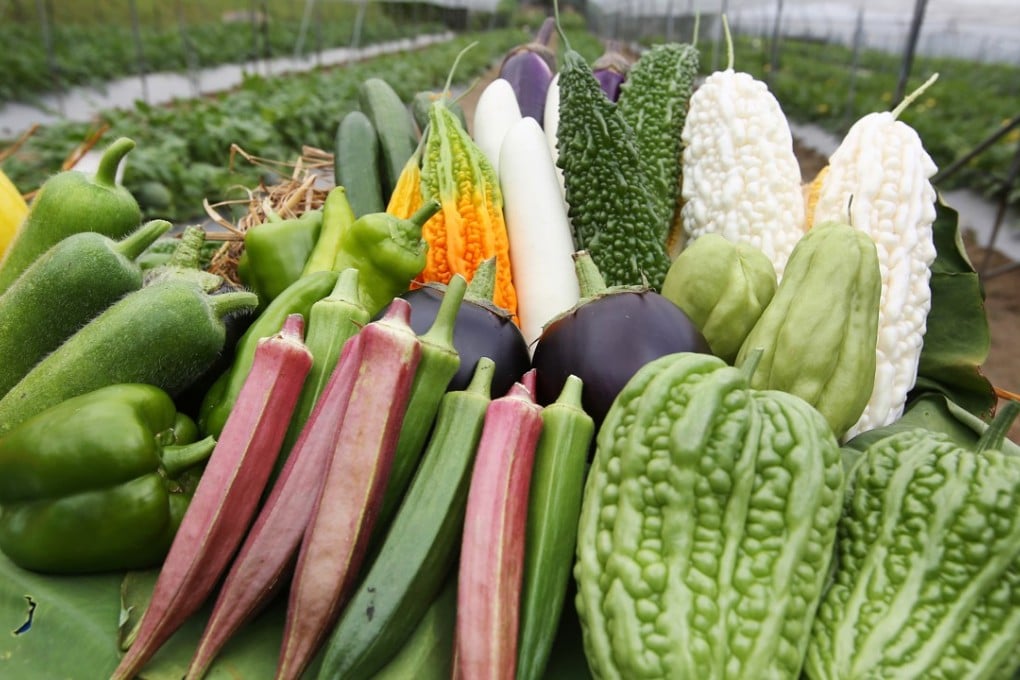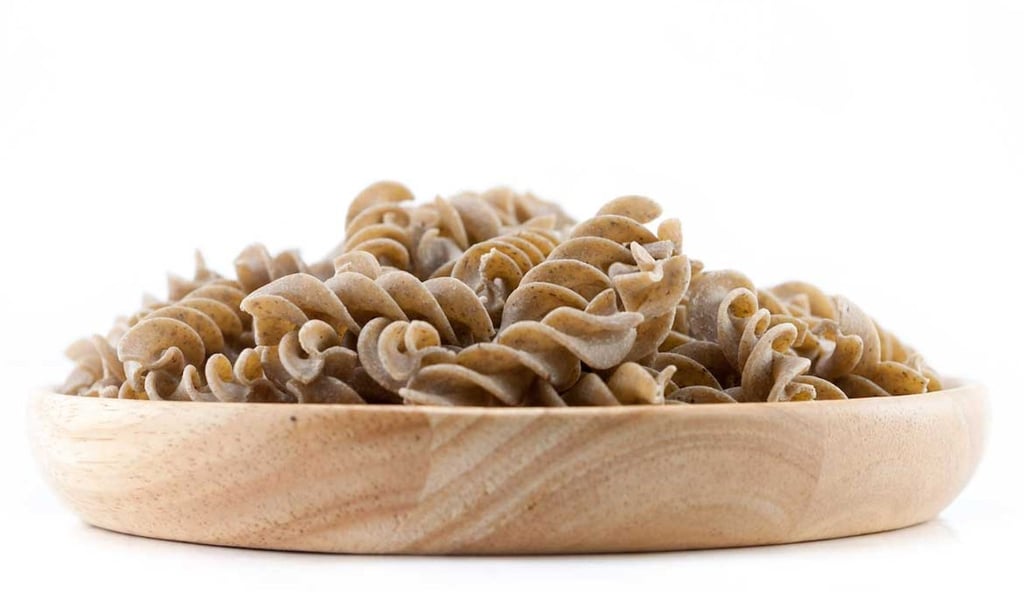Hong Kong quest for the Tesla of food, so world can still feed itself in 2050 by changing diets and farming more sustainably
Snacks made from worms or bugs, food grown on rooftops and hydroponically in old buildings, desktop hives for insects – innovators are changing agriculture and the very notion of what constitutes food; what’s missing is scale

Hongkongers are lining up for afternoon tea in Central district for a bowl of Bugsolutely cricket pasta, served with Bella Pupa silkworm snacks and a Fruggie salad bottle.
Noting the “smoky flavour” and “chicken taste” of the pasta, the samplers were among about 300 entrepreneurs, experts, foodies and general punters who gathered for Hong Kong’s inaugural Food’s Future Summit.
Organised by the Hong Kong-based community Foodie, the entrepreneurs kicked off the summit last month by announcing their aim to discover the “Tesla of the food world”. The pressure to find new food ideas comes as climate change and population growth mean the amount of food being produced today will feed only half the population by 2050, according to the World Economic Forum.

“Sustainability is not a charity, it demands innovation and we’ve got to get better at it,” says David Yeung, co-founder of social start-up Green Monday. Founded in 2012, his Hong Kong-based group aims to tackle climate change and global food insecurity. Green Monday is one of a growing number of Asian enterprises looking at food innovations – including Shenzhen-based hardware accelerator Hax, and Hong Kong tycoon Li Ka-shing’s investment arm, Horizons Ventures.
It is in the city’s best interest to look at food security at the local level, and be prepared for a day when two billion more urban residents are being fed from the same pool of resources that are already considered exhausted.